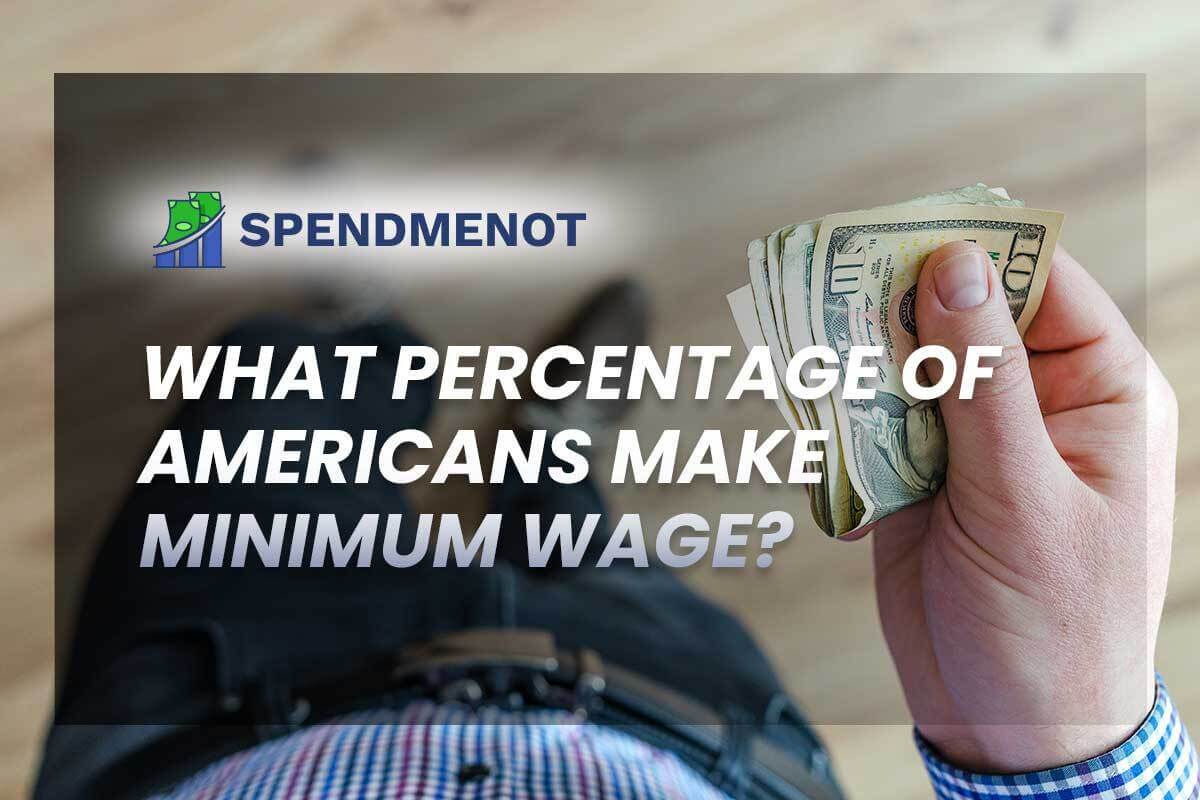Average Home Insurance Cost
Last Updated: March 10, 2023
Are you thinking about getting home insurance?
Or maybe reviewing your current insurance policy to get the best price?
If so, you might want to get more information on the average home insurance cost — what factors affect it, is there any way to save money, and has it changed over the years?
If you want to know more, stay with us — we’ve made a list of 15 average home insurance cost stats and facts to help you out!
Average Home Insurance Cost Figures (Editor’s Choice)
- Home insurance rates in the US differ, from a low of $499 per year in Hawaii to $4,445 a year in Oklahoma.
- The average homeowner insurance costs have a deductible between $500 and $2,500.
- Compared to 2020, the year 2021 saw a 12.1% average home insurance rate increase.
- Condo insurance in the US costs about $512 a year.
- Installing a smart home security system can decrease the cost of homeowners insurance by up to 20%.
General Homeowners Insurance Statistics and Facts
Do you know what type of home insurance you can get? On average, how much do people in the US spend on home insurance?
Let’s explore these questions for a bit.
1. Home insurance rates in the US range from $486/year in Hawaii to $4,445/year in Oklahoma.
(Source: Insurance)
According to recent data by Insurance.com, the average American pays about $190 for monthly home insurance costs, or about $2,305 a year. However, the average price of home insurance in the US depends on your zip code and coverage level and differs from state to state.
As per Insurance.com data, home insurance rates are the lowest in Hawaii and the highest in Oklahoma. Here’s an overview of the top five states with the highest and lowest home insurance rates, respectively:
US states with the highest home insurance rates in 2022:
- Oklahoma: $4,445
- Kansas: $3,931
- Florida: $3,643
- Arkansas: $3,439
- Texas: $3,429
US states with the lowest home insurance rates in 2022:
- Hawaii: $499
- California: $1,166
- Vermont: $1,212
- Utah: $1,378
- New Hampshire: $1,455
2. There are eight types of homeowners insurance policies.
(Source: Policygenius)
If you want to take out a homeowners insurance policy, you should know that there are about eight different ones. Which one you will eventually purchase largely depends on the type of property you own or rent and the coverage you opt for.
The eight types of homeowners insurance are:
- HO-1 – the most basic one; meant for single-family homes
- HO-2 – a bit more common, used as a slight upgrade from the HO-1
- HO-3 – this homeowners insurance policy is the most common and has broader coverage than the HO-2
- HO-4 – also known as renters insurance, meant for renters
- HO-5 – second-most frequently used home insurance policy and the most comprehensive one
- HO-6 – also known as condo insurance
- HO-7 – home insurance for owners of mobile or manufactured homes
- HO-8 – this type of home insurance is usually reserved for older homes that don’t meet insurer standards for other policy forms
3. Home insurance doesn’t cover damage caused by earthquakes and floods.
(Source: Allstate)
Home insurance will usually cover the damage done to your home due to lightning, fire, smoke, hail, and theft. However, most homeowners insurance policies exclude earthquake and flood damage. Therefore, homeowners have to purchase insurance for such damage separately
4. The average homeowner insurance cost includes a deductible that ranges between $500 and $2,500.
(Source: Insurance.com)
To be more specific, this amount refers to one of three types of homeowners insurance deductibles: the fixed dollar amount. When you agree to one, you pay that exact amount if you file a claim, and the insurer pays the rest.
5. The average homeowners insurance premium in the US increased by 12.1% year-over-year.
(Source: Policygenius)
According to Policygenius, from May 2021 to May 2022, home insurance premiums went up by more than 12% due to inflation. The homeowners’ insurance statistics by the same source show that the increase was the highest in Arkansas and the lowest in New York.
6. Bundling auto and home insurance can save you around $600 per year.
(Source: Insurance)
If you decide to buy an auto and home insurance bundle, you could pay up to 15% (about $600) less per year than you would by purchasing them separately. This doesn’t apply to just these two types of insurance — you can save by creating different types of insurance bundles. However, the amount you can save per bundle depends on the types of insurance bundled.
7. In 2020, about 27% of US homeowners with home insurance also had flood insurance.
(Source: Insurance Information Institute)
Homeowners insurance kicks in some cases of water damage and doesn’t cover flood damage. Therefore, nearly a third of those who had home insurance in 2020 saw it fit to purchase flood insurance as well. This is an increase compared to the 2014–2019 period, when approximately only 13.3% of homeowners with home insurance also had flood insurance.
Homeowners Insurance Claims Statistics
Have you ever wondered why people make homeowners insurance claims — i.e., what is the most common reason for doing that? How about how many Americans with insured homes actually make insurance claims?
Let’s take a look.
8. The most recent data available shows that wind and hail were the most common reasons for filing a homeowners insurance claim.
(Source: Insurance Information Institute)
During the 2016–2020 period, about 5.8% of insured homes had a claim. Nearly 3% of all insured homes suffered a loss due to wind and hail damage, with water damage and freezing being the second most common reason for filing a homeowners insurance claim.
9. In 2020, about 6% of homeowners with insured homes had a claim.
(Source: Insurance Information Institute)
During this time, close to 98% of them filed insurance claims due to property damage. The most common causes of loss in 2020 were wind and hail, water and freezing, and fire and lightning damage.
10. In 2021, insurers paid $1.31 billion in lightning-caused insurance claims.
(Source: Insurance Information Institute)
This amount shows a 36% year-over-year decrease in the total value of lightning-caused U.S. homeowners insurance claims. Moreover, about 40% of that amount was paid to policyholders in California alone.
Average Home Insurance Cost in the US: Stats and Facts
What factors affect the cost of homeowners insurance? Is there any way to save money on home insurance?
Check the stats and facts below for more information.
11. On average, condo insurance in the US costs $512 per year.
(Source: Nerd Wallet)
Condo insurance, also known as HO-6 insurance, is one of the eight types of home insurance. The exact amount you’d have to pay depends on several factors, including the state you live in. For instance, based on a report by the National Association of Insurance Commissioners, in 2019, condo insurance costs in the US ranged from $265 in Iowa to $997 in Florida.
12. The average price of home insurance is determined by many factors, including the type of homeowners insurance policy.
(Source: Bankrate)
According to Bankrate, there are various factors that affect the cost of homeowners insurance. The most common ones are:
- Location
- Replacement cost
- Credit history
- Age of home
- Claims history
- Marital status
- Deductible
However, the price is also determined by what type of homeowners insurance you require and opt for. If you choose the most basic one, you can expect lower prices.
In general, HO-3 is the one most homeowners opt for due to it covering anything that isn’t explicitly excluded.
13. It is estimated that renters insurance in the US costs around $219 a year.
(Source: QuoteWizard)
Based on estimates by QuoteWizard, renters’ insurance is the cheapest in South Dakota, Alaska, and New Hampshire, and the most expensive in Mississippi.
14. A monitored security alarm can save you up to 20% on homeowners insurance.
(Source: Safewise)
According to Safewise, the average home insurance cost can be lower if you install a smart home security system. Not only will you feel safer, but the insurance company might offer you a better deal due to there being less chance of you filing an insurance claim due to theft. Even unmonitored alarm systems may save you up to 5%.
15. Most insurance companies require you to insure your home for a minimum of 80% of the insurance replacement cost.
(Source: Investopedia)
The majority of insurance companies adhere to the so-called ‘80/20 rule’ in home insurance. According to this rule, an insurer will cover the costs of replacement only if the coverage you purchased equals 80% of the total replacement value.
Conclusion
Should your home suffer damage or if anyone gets injured on your property, homeowners insurance can cover the costs. That is why at least 85% of American homeowners have home insurance.
If you don’t but are considering purchasing it, you might be curious about the average home insurance cost. Before going forward with the purchase, you need to remember that insurers use several factors to determine how much you’ll pay for home insurance per year.
Many factors can play a great part in determining the final cost of your homeowners insurance, namely weather patterns, earthquake history, your credit history, and the age of your home. However, let’s not forget that these factors are numerous and that home insurance rates can differ from one state to another.
All in all, it is recommended to check out homeowners insurance options and rates before investing too much in your home. That way, you might find the best possible coverage and will know exactly in which cases you can make an insurance claim.










